COFFEE AROUND THE WORLD
By Ian Robert Knight
One of the reasons we travel is to experience new things, cultures and foods. And when it comes to beverages, chances are pretty good that we will encounter coffee wherever we go. Although coffee is one of the most popular beverages in the world, there are many different versions of the tasty black drink. The basic ingredients may be constant, but the way the beverage is prepared can be quite unique. As a coffee lover, you can take your palette on a journey with Photo Workshop Adventures, and experience some of the best coffee around the world.
Coffee in Italy
When we think of coffee in Italy, we usually are thinking about espresso. Although espresso is the base unit in a large variety of other drinks, in Italy it’s usually enjoyed on its own. Cafes lining the piazzas throughout the country will be filled with people slowly sipping the strong aromatic drink.
Another version commonly consumed in Italy would be the Americano. It’s thought that the name comes from the period when American soldiers were stationed in the country during WWII, and preferred to dilute their espressos with hot water. They didn’t like the the super strong flavor of espresso, and wanted their coffee to taste closer to how they drank it back home.
Coffee in France
There are several ways to consume coffee in France, with the most common method known as ‘café express’. This is simply a small, strong espresso served at the restaurant counter. You could simply say “un express!”, and any waiter would know what you mean. Cafe Americain isn’t quite the same as what you’re used to in the US, rather it’s “un express avec eau”, or espresso diluted with water.
Café au lait (French pressed coffee with warm milk added) is a popular way to drink coffee in the morning in France. This frothy drink is usually served in a large cup, big enough to dip your croissant into. Yum.
Coffee in Cuba
In Cuba, the Café Cubano is what the locals drink. And when you see it prepared, you’d be forgiven to think it’s the same as Italian espresso. It’s drawn the same way, using dark roasts through an espresso machine. But the difference between the two happens in the cups.
In Café Cubano, there is demerara sugar in the cup when the coffee hits it. It’s then stirred vigorously with a spoon, resulting in a foamy finish. This tastes different than if you simply added sugar afterwards.
There is also the Café con leche, or ‘coffee with milk’, where the unsweetened espresso shot(s) are poured slowly into a cup of hot milk. It really does taste different than adding hot milk to espresso. Ask any Cuban.
Coffee in Turkey
Turkish coffee is something you’ll never forget. It’s usually quite strong, quite hot, and can be quite sweet if you want it to be. Türk Kahvesi, as it’s called, is prepared with very fine ground beans, which are not filtered out when the coffee is poured. The beans, ground to a fine powder, and the sugar are boiled together in a special pot. As the coffee is almost boiling, the mixture is poured into small cups, complete with the powder.
As you drink it, the powder naturally sinks to the bottom of the cup, and is left behind when you consume the tasty liquid. It’s said that grounds left over after drinking the coffee can be used to tell your fortune. Perhaps there’s more coffee drinking in Turkey in your future!
Coffee in Vietnam
Vietnamese coffee, or cà phê dá, is normally served over ice. Perhaps it’s because it can be quite hot in Vietnam already, so who needs the added heat? It’s also possible to get it served hot, but this is not as common.
Cà phê dá is prepared at the table, with coarse ground coffee (Vietnamese beans, of course) placed in a small metal filter that sits above a cup. As the hot water slowly seeps through the grounds, the resulting liquid pools into the cup in about 5-10 minutes. It’s then poured into a glass filled with cracked ice and sweetened condensed milk. This is a truly unique form of coffee that isn’t really found outside of Vietnam.
Coffee in Indonesia
This form of coffee isn’t for everyone. But for those who dare to try it, most would say it tastes less bitter than regular coffee.
Kopi Luwak, or Civet Coffee, is not so much a type of coffee, but more of a processing method. What makes Kopi Luwak special is how the beans are gathered. In Indonesia, the Palm Civet (a type of tree-dwelling cat-like mammal) naturally eats ripe red coffee cherries as part of its diet. The animal is usually quite picky about which cherries it will eat, only choosing the best available.
When the beans pass through the digestive system of the cat, they go through a fermentation process. Once the cat ‘discards’ the beans, they are gathered up by farmers, cleaned up and then roasted. This results in a very special coffee, unique in the world, and quite expensive. Not everyone will want to try it, but if you’re in Indonesia, you might be tempted.
Coffee is one of the constants in the world. No matter where you travel with Photo Workshop Adventures, you’re bound to find some form of the beverage. It may not always be the same as what you like to drink back home. But it will probably be something that you’ll always remember when you think about that country.
Join us on an adventure in Italy, France, Cuba, Turkey, or Vietnam, and have your own coffee cultural experience that you will always remember.

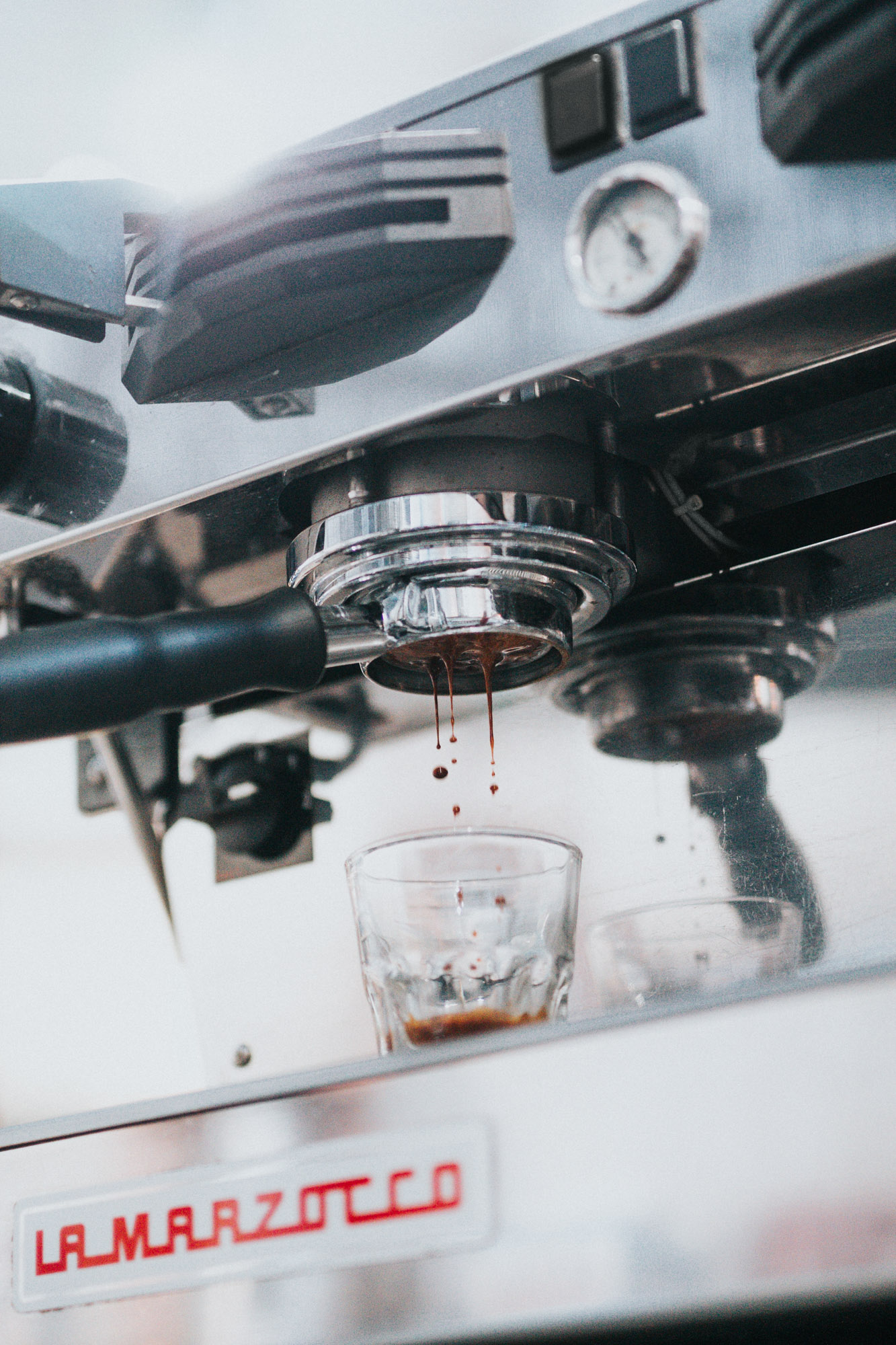


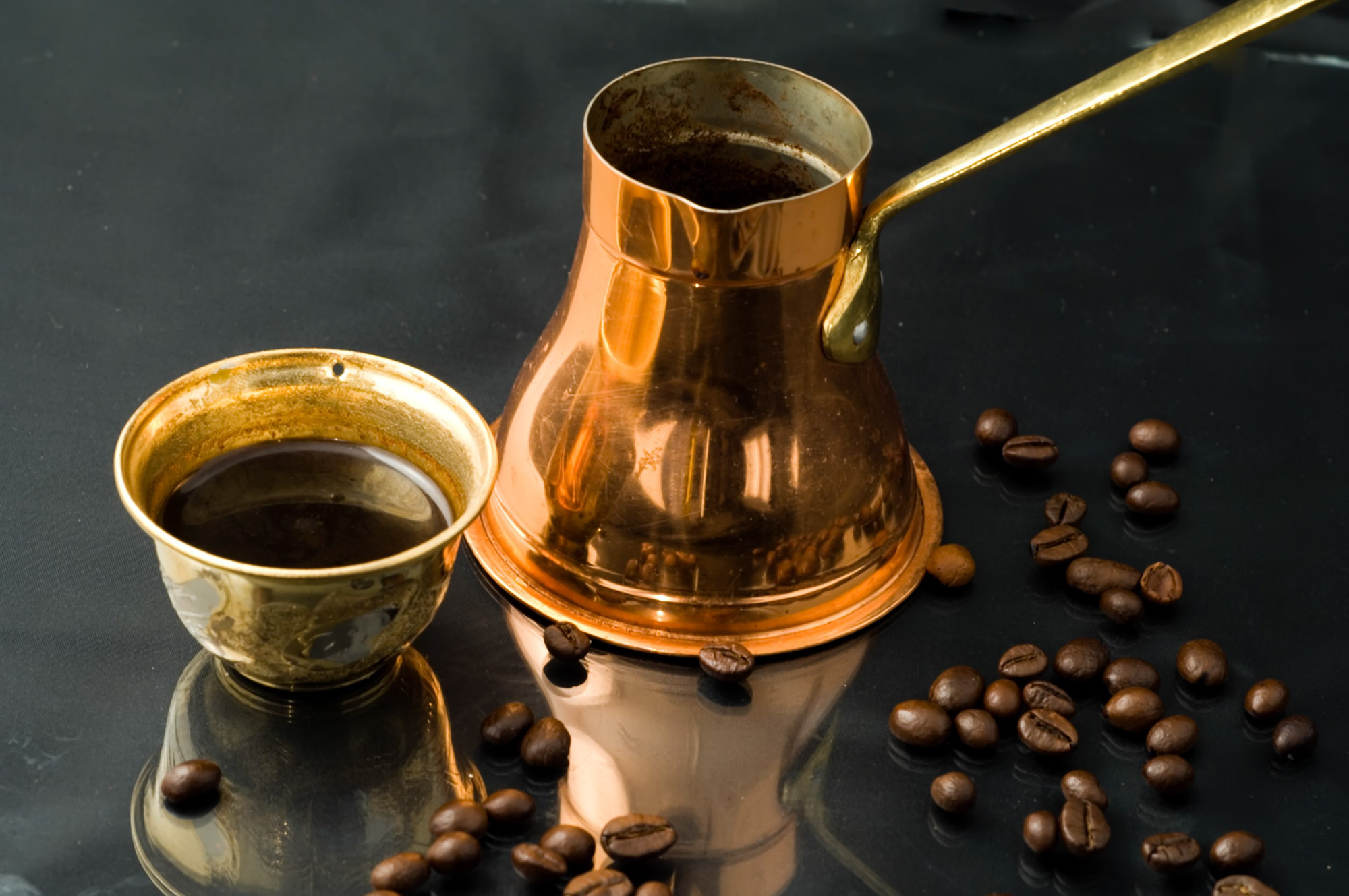
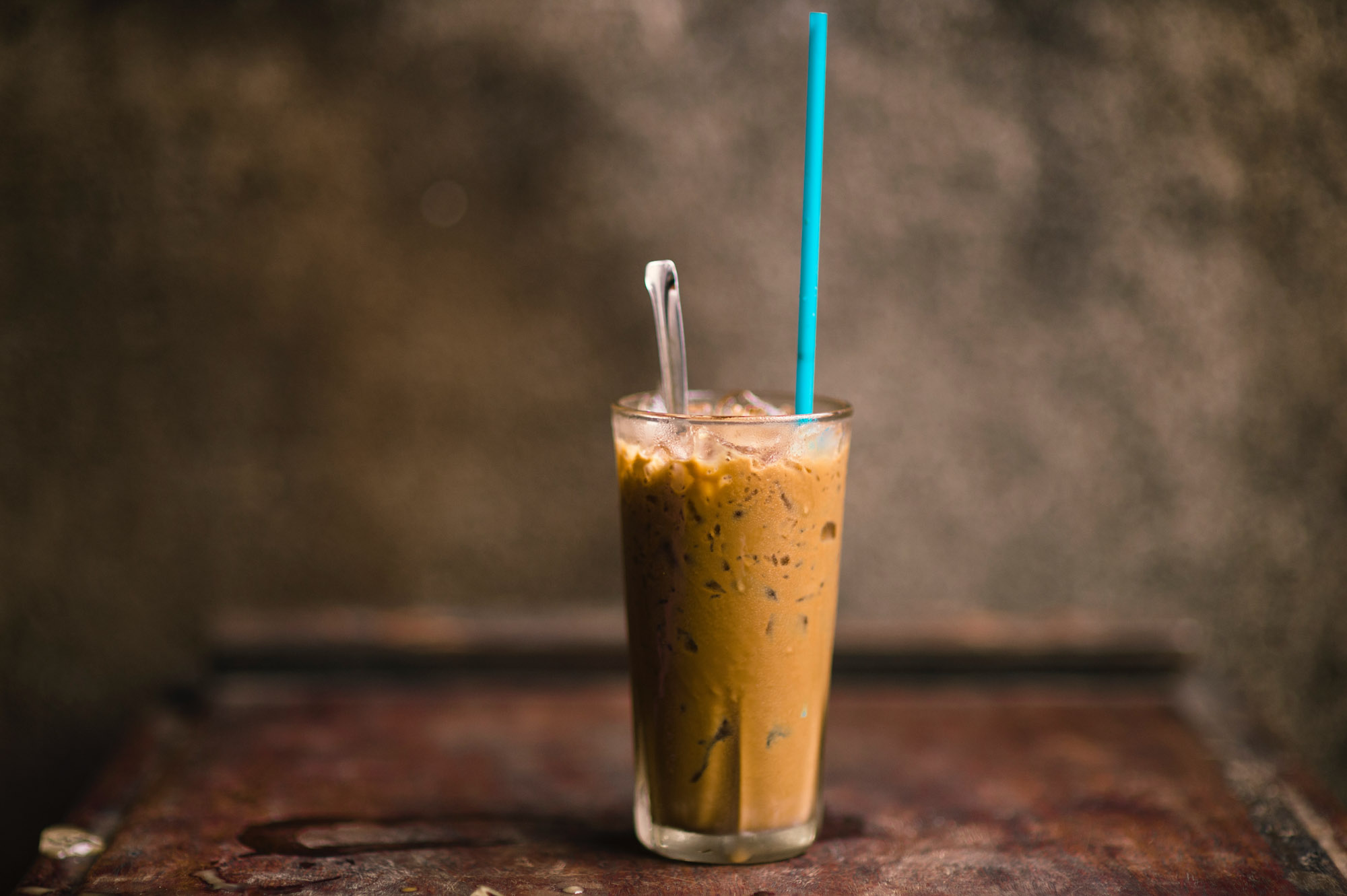
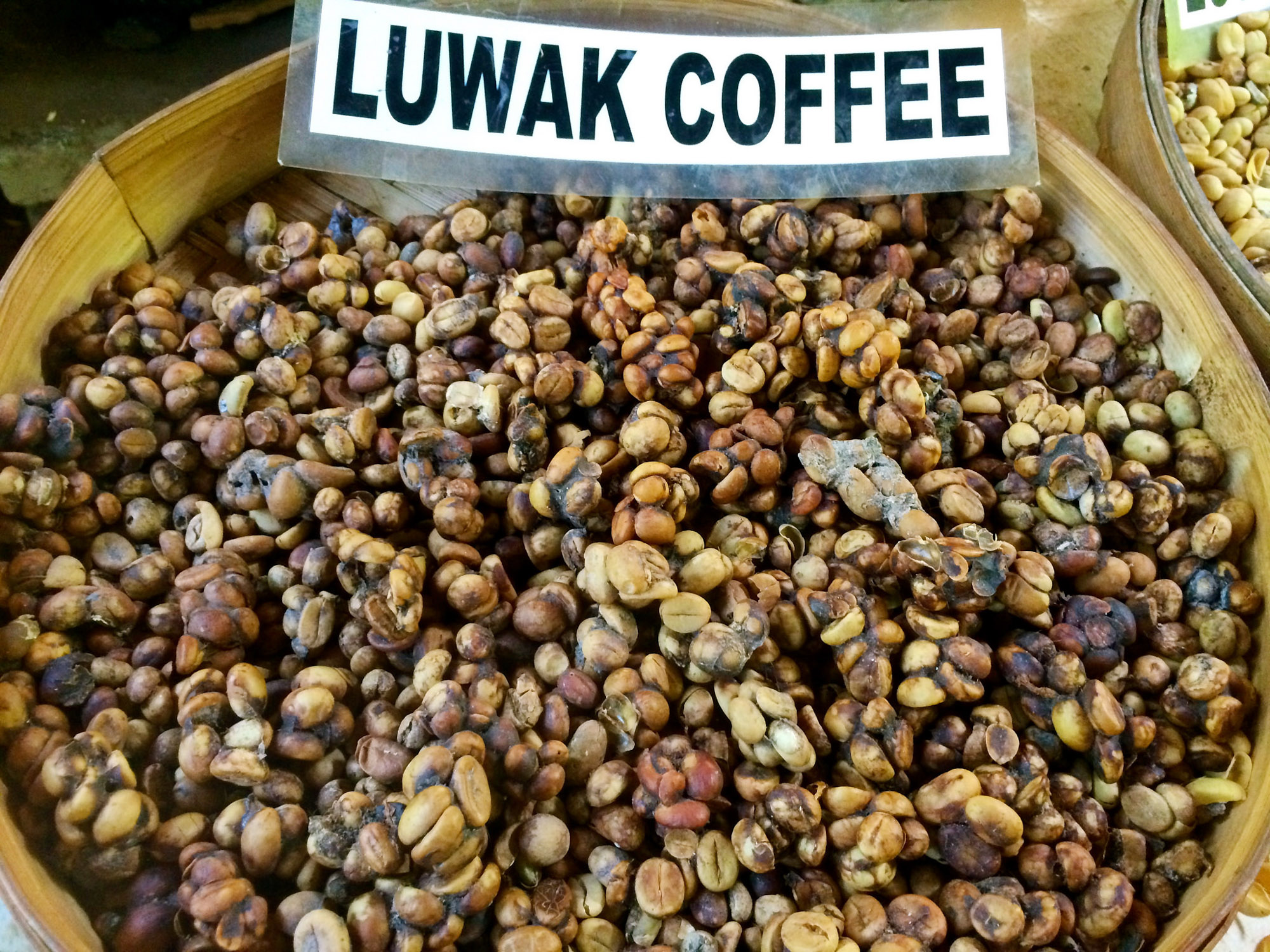
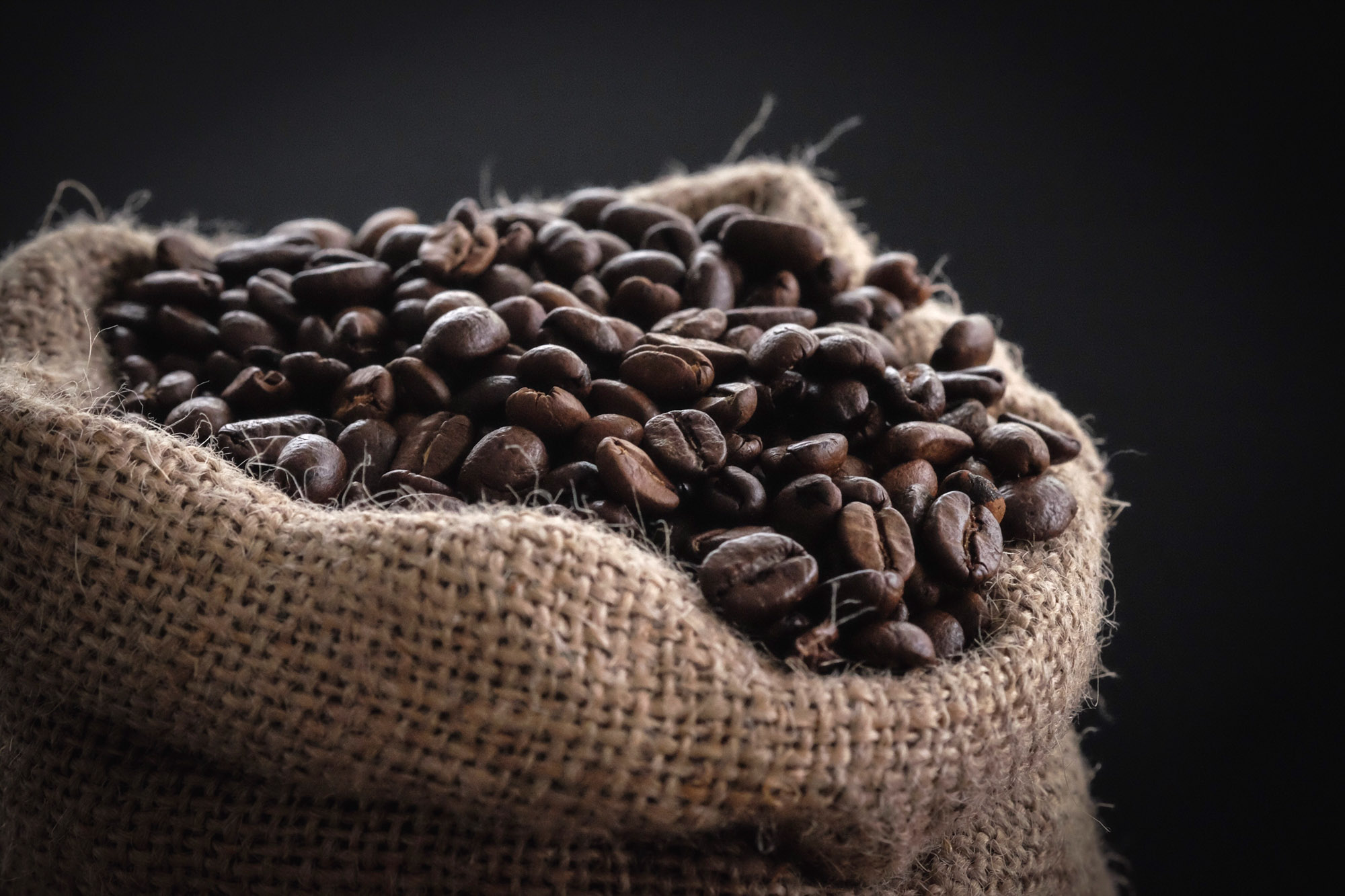







it is undeniable how well you write. writers like you are the kind every internet user should be looking for. Your description and pictures about some places of the world were amazing and I instantly vibes with your article. I most definitely will refer my friends to your blog.